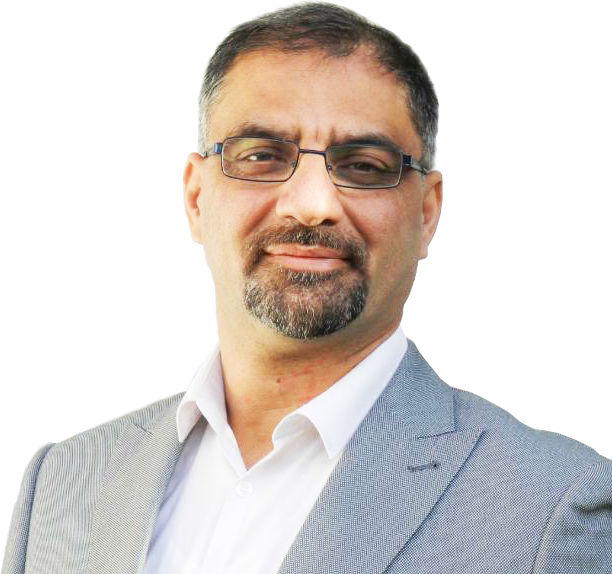Autism or ASD
Autism Spectrum Disorder (ASD) is a complex neurodevelopmental condition that encapsulates a range of characteristics impacting social interaction, communication, and behavior. Traditionally referred to simply as “autism,” the term ASD emerged to emphasize the spectrum nature of the disorder. The spectrum recognizes that individuals with autism can exhibit a wide array of strengths and challenges. These can range from severe impairments in communication and daily living skills to high-functioning individuals who are able to navigate social situations relatively well. As our understanding of autism has evolved, so too has the terminology used to describe it, with ASD gaining acceptance in both clinical and social settings as a more inclusive label.
The characteristics of ASD can manifest in early childhood, with signs often observable as early as the age of 18 months. Parents may notice delays in the child’s speech, difficulty making eye contact, or a preference for solitary play. Additional indicators include a fixation on specific activities or objects and heightened sensitivity to sensory stimuli, such as loud noises or certain textures. While these traits can help in identifying autism, they often overlap with other developmental disorders, leading to challenges in diagnosis. This complexity underscores the importance of early and accurate assessments by professionals familiar with the broad presentation of ASD. Key diagnostic tools, such as the Diagnostic and Statistical Manual of Mental Disorders (DSM-5), guide clinicians in evaluating the presence of symptoms to arrive at a precise diagnosis.
One aspect of ASD that has garnered attention in recent years is the idea of neurodiversity, which emphasizes a strengths-based perspective on autism. This viewpoint suggests that individuals with ASD possess unique cognitive styles that can contribute positively to society. For instance, many individuals on the spectrum excel in areas like mathematics, music, and visual arts, showcasing skills that differ markedly from neurotypical peers. Recognizing these strengths can help shift societal perceptions, moving away from a deficit-focused view toward one that values diverse ways of thinking and learning. This shift has led to increased advocacy for acceptance and inclusion, pushing for environments—be they educational, workplace, or social—that allow individuals with ASD to thrive.
In terms of intervention, the approach to supporting individuals with ASD can vary greatly depending on their unique needs and abilities. Early intervention is essential and often involves a multidisciplinary approach that includes speech therapy, occupational therapy, and behavioral interventions. These therapies aim to enhance communication skills, promote social interaction, and foster independence. Applied Behavior Analysis (ABA) is one widely recognized method that employs reinforcement techniques to encourage desired behaviors and reduce those that are problematic. Conducting effective interventions requires collaboration among therapists, educators, and families to create supportive environments that promote learning in naturalistic settings.
Despite the progress in understanding autism and providing support, significant challenges remain. There is a persistent stigma associated with ASD, which can lead to social isolation and discrimination. Many individuals with autism face difficulties in social situations, leading to feelings of loneliness and frustration. Moreover, accessing appropriate resources can be a struggle; families may encounter barriers such as inadequate insurance coverage for therapies, a shortage of trained professionals, or a lack of local support networks. Advocates for the autism community continue to work diligently to raise awareness, promote research, and push for policy changes that ensure individuals with ASD receive the understanding and opportunities they deserve.
As society moves forward in its understanding of Autism Spectrum Disorder, the importance of continuing to raise awareness about autism cannot be overstated. Education about the spectrum’s diverse presentations is crucial not only for fostering acceptance but also for enabling individuals with ASD to participate fully in their communities. By understanding autism in its entirety—from its challenges to its unique strengths—society can cultivate an inclusive environment that celebrates neurodiversity and empowers individuals with ASD to lead fulfilling lives, contributing their valuable perspectives to the broader world. This journey towards acceptance and support requires the collective effort of individuals, families, professionals, and communities to build a future that values every person’s potential.



